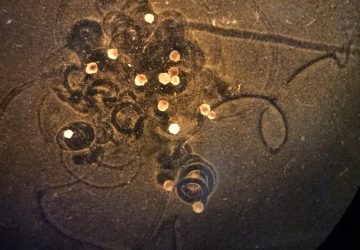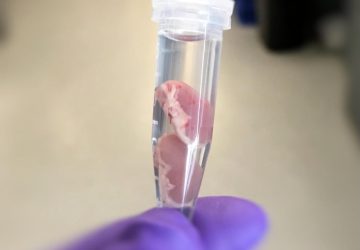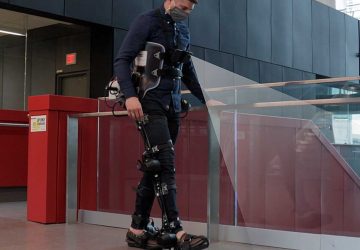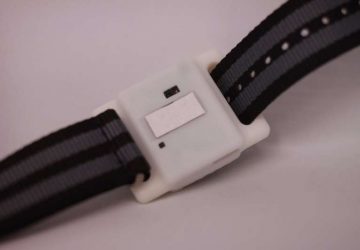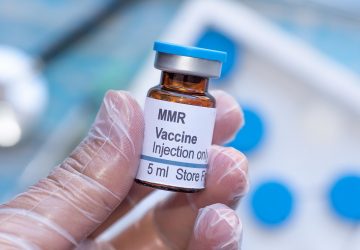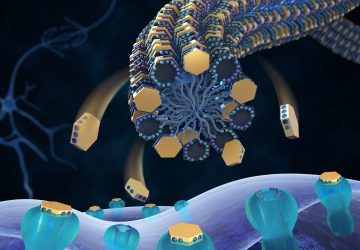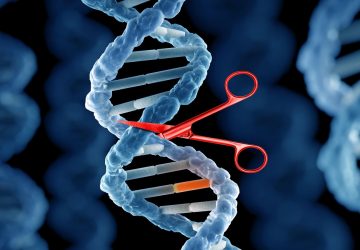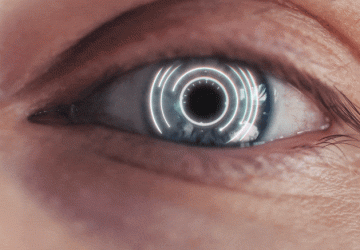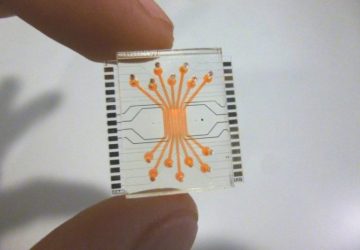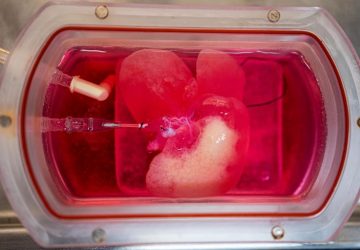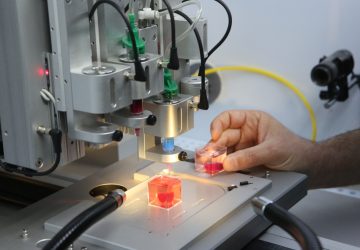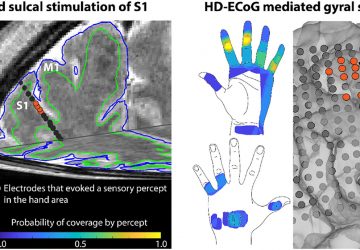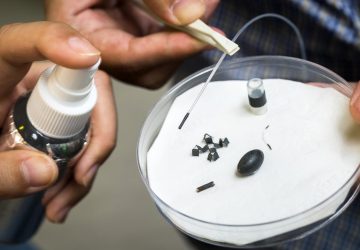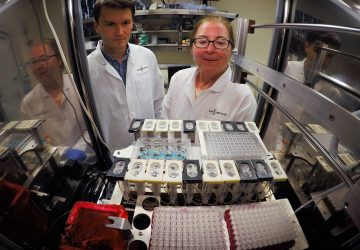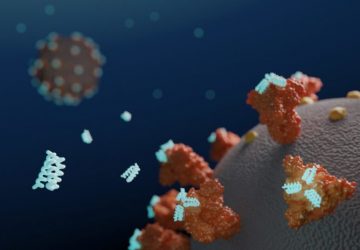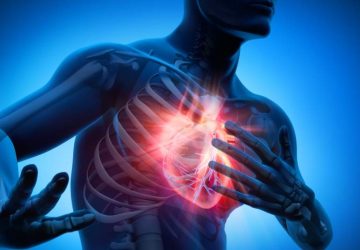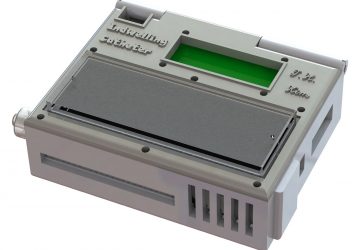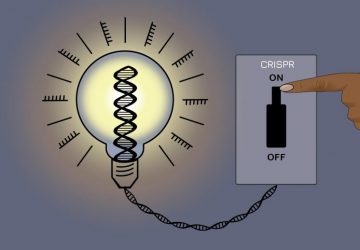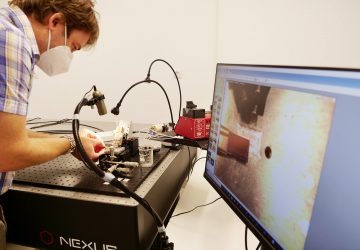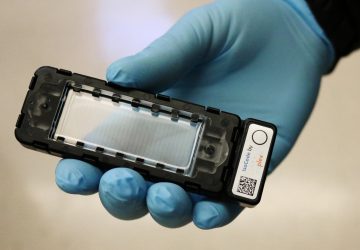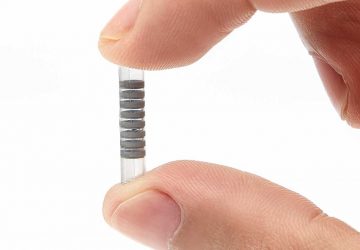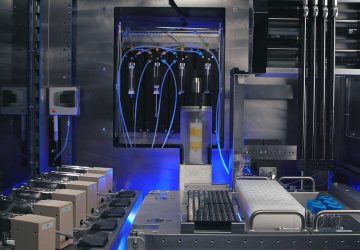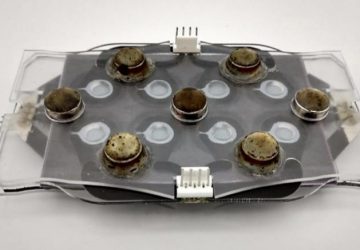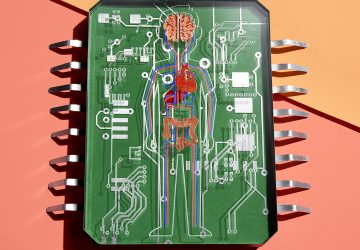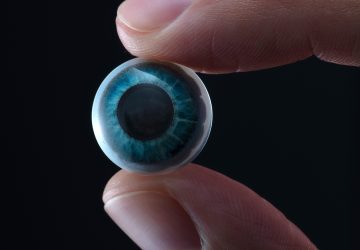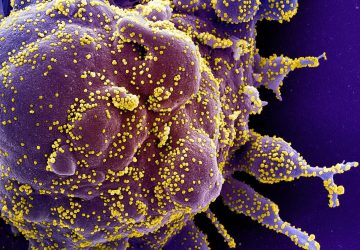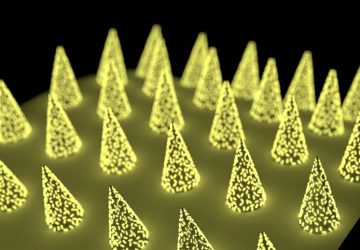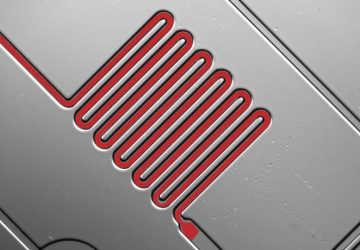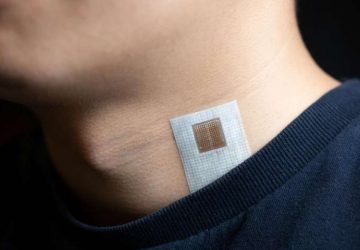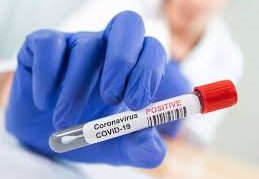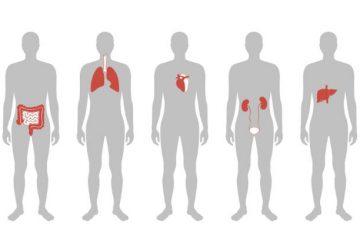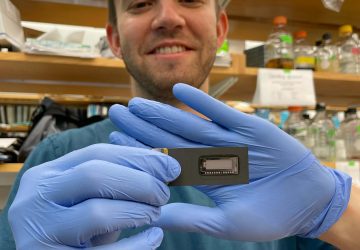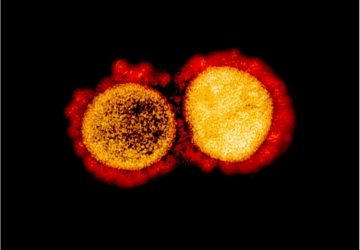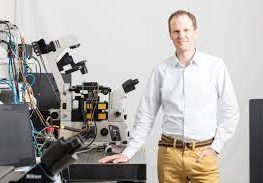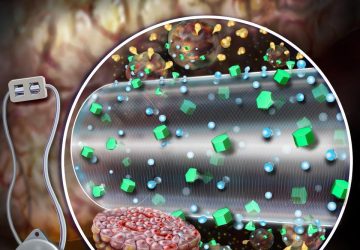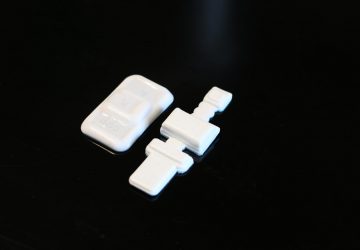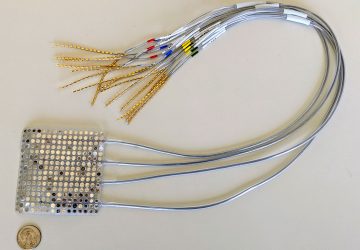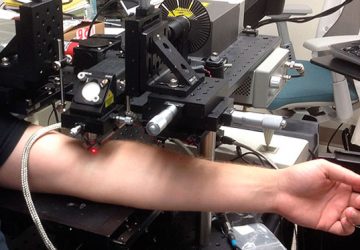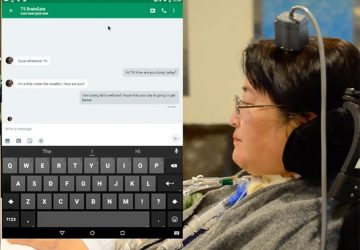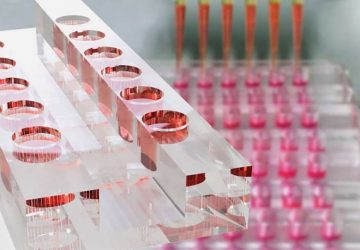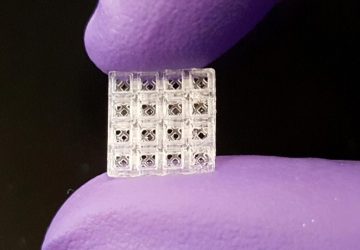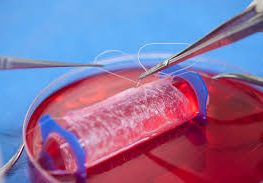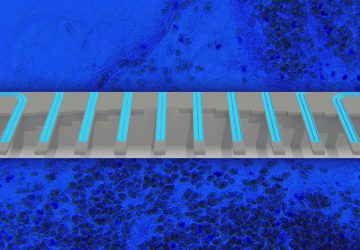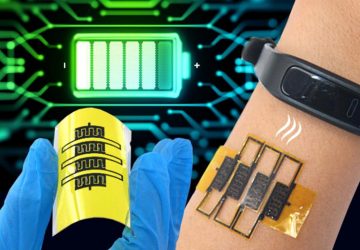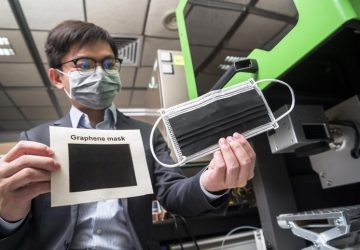Yeast in petri dish. (stock image) Credit: © sinhyu / Fotolia Stanford University bioengineers have figured out a way to make noscapine, a non-narcotic cough suppressant that occurs naturally in opium poppies, in brewer’s yeast. The researchers inserted 25 foreign genes into the one-celled fungus to turn it into an efficient factory for producing the drug. Many of the inserted genes came from the poppy, but several came from other…
Read MorePaper-folding art inspires better bandages
Ruike Zhao, a postdoc in MIT’s Department of Mechanical Engineering, says kirigami-patterned adhesives may enable a whole swath of products, from everyday medical bandages to wearable and soft electronics. Credit: MIT; Image courtesy of researchers; Creative Commons Attribution Non-Commercial No Derivatives license Scraped up knees and elbows are tricky places to securely apply a bandage. More often than not, the adhesive will peel away from the skin with just a…
Read MoreThe Fight Against Cancer Is Increasingly Personal
By reclassifying tumors, scientists are finding a path to genuine cancer cures. Here’s an overview of the most promising technologies in immuno-oncology. Colored scanning electron micrograph (SEM) of T lymphocyte cells (smaller round cells) attached to a cancer cell. Credit: Steve Gschmeissner/SPL/Getty Images. Oncology is leading the way in the development of personalized medicines. Over the past two decades, the field has started to move from chemotherapy and radiation…
Read MoreResearchers develop new tool that provides 3D view of metabolic processes
An international team of researchers has developed a computational resource that provides a 3D view of genes, proteins and metabolites involved in human metabolism. Researchers used the tool to map disease-related mutations on proteins and also probed how genes and proteins change in response to certain drugs. The work provides a better understanding of disease-causing mutations and could enable researchers to discover new uses for existing drug treatments. The findings…
Read MoreAI Beats Dermatologists in Diagnosing Nail Fungus
It’s still relatively rare for artificial intelligence to deliver a crushing victory over human physicians in a head-to-head test of medical expertise. But a deep neural network approach managed to beat 42 dermatology experts in diagnosing a common nail fungus that affects about 35 million Americans each year. The latest successful demonstration of AI’s capabilities in the medical field relied heavily upon a team of South Korean researchers putting together a huge dataset of almost…
Read MoreThis Seizure-Detecting Smartwatch Could Save Your Life
U.S. regulators have approved the first piece of consumer tech for a neurological condition: a medical-grade smartwatch that monitors for dangerous seizures and sends an alert to summon a caregiver’s help. The wrist-worn sensor tracks many of the same things as a FitBit or an Apple Watch, but the new device has one important feature that other wearables do not: It also detects surges in skin conductance, an indicator of…
Read MoreSmart Contact Lens Doubles as Blood-Sugar Monitor
Smart contact lenses with embedded electronics just got a lot more practical. Korean researchers have designed a stretchable contact lens that can monitor glucose without distorting the wearer’s vision, according to a report published today in Science Advances. The device contains all the electronic components needed to wirelessly receive power, monitor glucose levels, and generate an LED display, while maintaining the soft, stretchable, and transparent qualities of a contact lens that people might actually be willing…
Read MoreAllergan CGRP drug hits goals in phase 3 migraine trial
A phase 3 trial of Allergan’s oral CGRP drug ubrogepant has met its co-primary endpoints. The drug offered greater relief than placebo to acute migraine patients in the two hours after dosing, but the size of the effect and cases of elevated liver enzymes leave scope for doubt about its prospects. Investigators enrolled more than 1,300 adults in the trial and randomized them to receive one of two doses…
Read MoreAnother piece to the puzzle in naked mole rats’ long, cancer-free life
Naked mole rats are intriguing for researchers for a variety of reasons: they have the longest life span of rodents (average lifespan is 30 years), they are resistant to a variety of age-related diseases such as cancer, and they tend to remain fit and active until very advanced ages. The Gorbunova Lab at the University of Rochester studies these rodents in the hopes of unraveling their unique anti-cancer properties….
Read MoreSpinal Discs Grown From Cells Could Someday Repair Bad Backs
Left: normal rat disc. Right: engineered disc. What’s the News: Researchers at Cornell University have now bio-engineered synthetic spinal discs and implanted them in rats. The implants provide as much spinal cushioning as authentic discs do, and improve with age by growing new cells and binding to nearby vertebrae, according to the study recently published in the journal PNAS. The research could…
Read More
